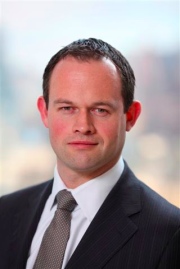ADVERTISEMENT
Interview with Scott Eason
 Following the postponement of Solvency II, the European insurance industry has been given the opportunity to focus on what is most important: hitting yield targets in order to meet obligations to customers. Yet this has been rendered problematic by the low rate environment which is currently limiting the returns on investments that insurers are achieving. How, in such an environment, is it possible to offer long term guaranteed products to consumers?
Following the postponement of Solvency II, the European insurance industry has been given the opportunity to focus on what is most important: hitting yield targets in order to meet obligations to customers. Yet this has been rendered problematic by the low rate environment which is currently limiting the returns on investments that insurers are achieving. How, in such an environment, is it possible to offer long term guaranteed products to consumers?




